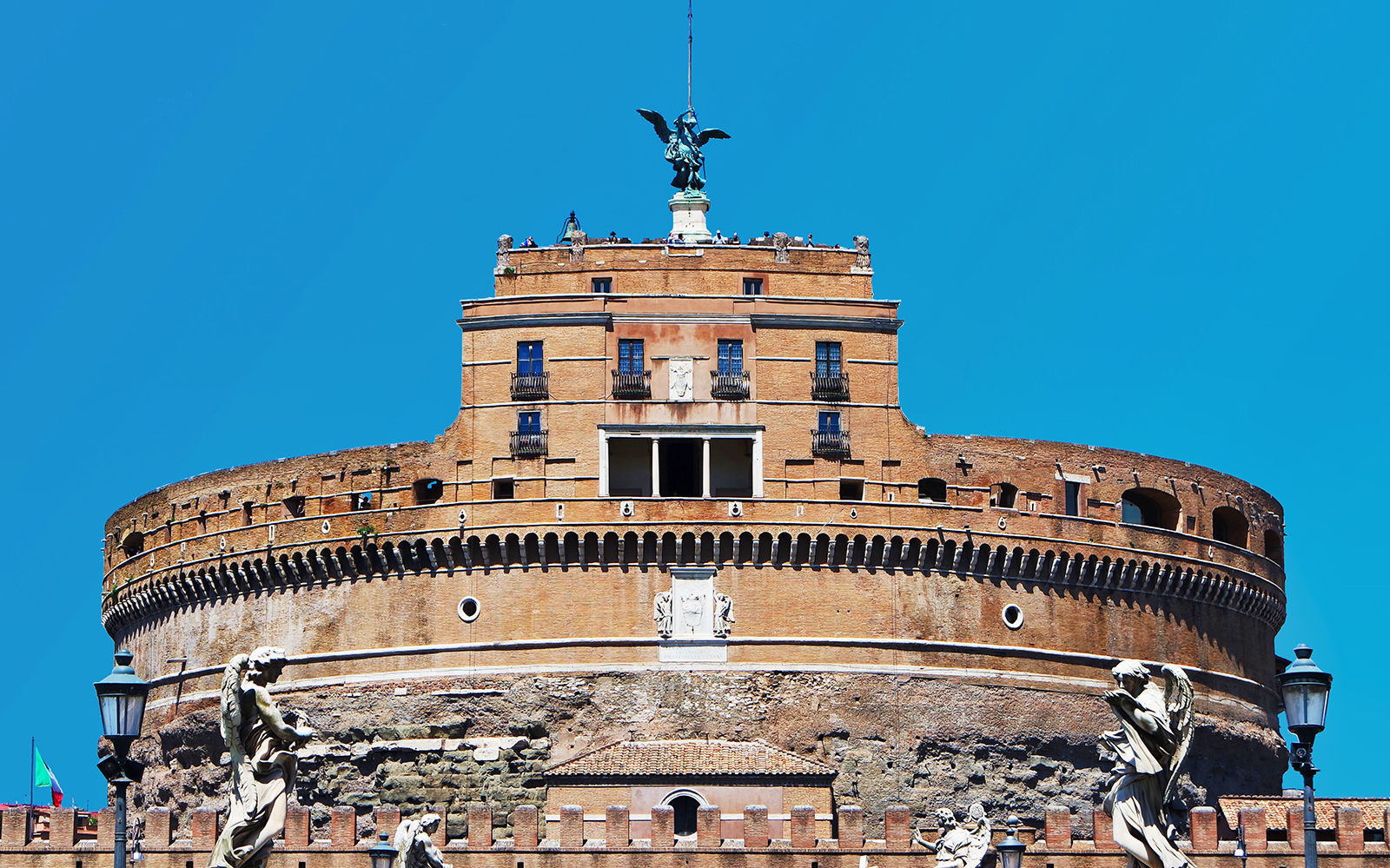Welcome to Facts Vibes! Today, we’re delving into the intriguing world of Castel Sant’Angelo. Join us as we uncover fascinating facts about this iconic Roman landmark, from its rich history as a mausoleum to its transformation into a fortress and museum. Let’s unravel the secrets of Castel Sant’Angelo together!
Discovering the Fascinating History of Castel Sant’Angelo
Castel Sant’Angelo, also known as the Mausoleum of Hadrian, is a renowned landmark in Rome, Italy. This historical monument has a captivating history that dates back more than 2,000 years. Originally commissioned by Emperor Hadrian as a mausoleum for himself and his family, the building later served various purposes, including as a fortress and a papal residence.
Castel Sant’Angelo holds a significant place in history as it has withstood the test of time and witnessed numerous transformations. Over the centuries, the building has been a witness to wars, invasions, and political intrigues, making it an emblem of power and resilience.
Notably, the structure’s name pays homage to the Archangel Michael, who is believed to have appeared atop the building, sheathing his sword as a sign of the end of the plague in 590 AD. This event led to the castle being renamed Castel Sant’Angelo (Castle of the Holy Angel).
Today, Castel Sant’Angelo stands as a testament to the rich tapestry of history in Rome, offering visitors an opportunity to explore its ancient architecture, fascinating artifacts, and panoramic views of the city. Its legacy as a symbol of strength and endurance continues to attract tourists and history enthusiasts from around the world.
The history of Castel Sant’Angelo intertwines with the themes of Roman architecture, imperial legacy, and religious symbolism, providing a multifaceted narrative that contributes to the allure of this iconic monument.
Most popular facts
Castel Sant’Angelo was originally built as a mausoleum for the Roman Emperor Hadrian and his family.
Castel Sant’Angelo was originally built as a mausoleum for the Roman Emperor Hadrian and his family.
It was later used as a fortress and castle by various medieval and Renaissance popes.
The site was later used as a fortress and castle by various medieval and Renaissance popes.
The castle is located on the right bank of the Tiber River in Rome, Italy.
The castle is located on the right bank of the Tiber River in Rome, Italy.
Castel Sant’Angelo is connected to the Vatican City by a fortified corridor known as the Passetto di Borgo.
Yes, Castel Sant’Angelo is connected to the Vatican City by a fortified corridor known as the Passetto di Borgo.
It has been featured prominently in historical events and in works of art and literature.
History, art, and literature have prominently featured this information.
The original name of the castle was “Mausoleum of Hadrian.”
The original name of the castle was “Mausoleum of Hadrian.”
The building has undergone several renovations and additions over the centuries.
The building has undergone several renovations and additions over the centuries.
The castle’s cylindrical shape and massive walls make it a formidable defensive structure.
The castle’s cylindrical shape and massive walls make it a formidable defensive structure.
It houses a museum with collections of art, weaponry, and historical artifacts.
It houses a museum with collections of art, weaponry, and historical artifacts.
The rooftop terrace offers panoramic views of Rome and the Vatican.
The rooftop terrace offers panoramic views of Rome and the Vatican.
Castel Sant’Angelo is a designated UNESCO World Heritage Site.
Yes, Castel Sant’Angelo is a designated UNESCO World Heritage Site.
It is a popular tourist attraction and receives thousands of visitors each year.
It is a popular tourist attraction and receives thousands of visitors each year.
The castle has also served as a prison and a papal residence at different times in history.
The castle has also served as a prison and a papal residence at different times in history.
The famous Italian architect and artist Gian Lorenzo Bernini contributed to its design and decoration.
Gian Lorenzo Bernini contributed to the design and decoration of the famous Italian architectural and artistic works.
Castel Sant’Angelo has been featured in several films and television shows, adding to its iconic status.
Castel Sant’Angelo has been featured in several films and television shows, adding to its iconic status.
In conclusion, Castel Sant’Angelo is a fascinating historical landmark that offers a glimpse into the rich history of Rome. Its diverse role throughout the centuries has made it an iconic symbol of the city, and its stunning architecture and breathtaking views continue to draw visitors from around the world. Whether viewed as a fortress, a mausoleum, or a museum, Castel Sant’Angelo stands as a testament to the enduring legacy of Rome and its ability to preserve and celebrate its past.
